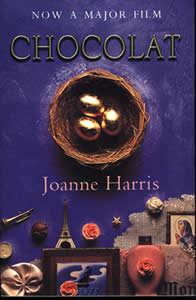Passing on this press release from the Buffalo & Erie County Public Library System, for any local folks interested. I know I’m not alone in my concern for BECPL’s future in the face of next year’s massive budget cut, so this could be a good way to get all hands on deck, at least.
—
Community Meetings Announced To Create New Vision for Libraries & Services
The public is invited to share its ideas for the regional library system of the future through a series of public meetings, web surveys and focus groups; all part of the Buffalo & Erie County Public Library System’s newly launched Re-Imagine campaign.
“This is an exciting as well as a challenging time for the Buffalo & Erie County Public Library System,” said Bridget Quinn-Carey, director of the Library System. “We are beginning a process to re-imagine the library and create a new vision that will meet the needs of the entire community; a library that will not only accommodate the types of services that are so heavily used currently, but one that will satisfy the needs of our users for innovative services in the years ahead.”
The Re-Imagine campaign, expected to take several months, is soliciting input from the public, business, corporate, services, cultural, senior, teen, urban and suburban sectors to determine how the library of the future in Erie County will look and what services it will offer. The process is being led by volunteer George T. DeTitta, Ph.D., Principal Research Scientist, Hauptman-Woodward Institute, and a citizen’s advisory committee as well as the consulting firm of Architectural Resources. Participants will learn how libraries in other cities are successfully and creatively meeting the needs of library users in their communities, for today and tomorrow.
Upcoming Re-imagine Community Meeting dates, which are free and open to the public are:
Monday, November 8, 2010
5:00 – 7:00 p.m.
Downtown Buffalo Central Library, One Lafayette Square, Bflo, 14203
Mason O. Damon Auditorium
Tuesday, November 9, 2010
7:00 – 9:00 p.m.
Erie Community College South, 4041 Southwestern Blvd, Orchard Park, 14127
Bldg. 5, Room 5102
Wednesday, November 10, 2010
7:00 – 9:00 p.m.
Erie Community College North, Tech Drive off of Wehrle Drive, Williamsville,
Bretschger Hall, room B401
For more information, call 716-858-7144 or visit www.buffalolib.org

